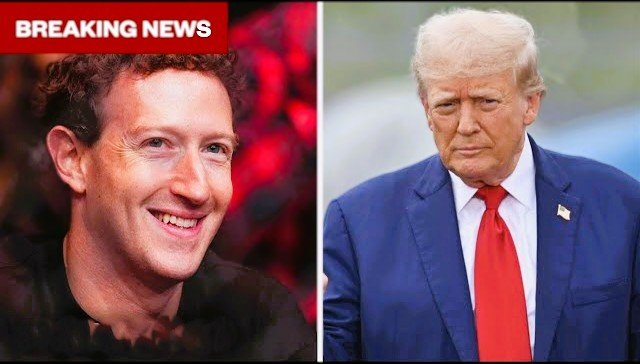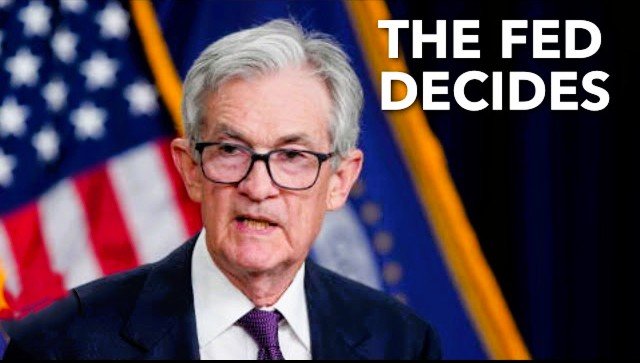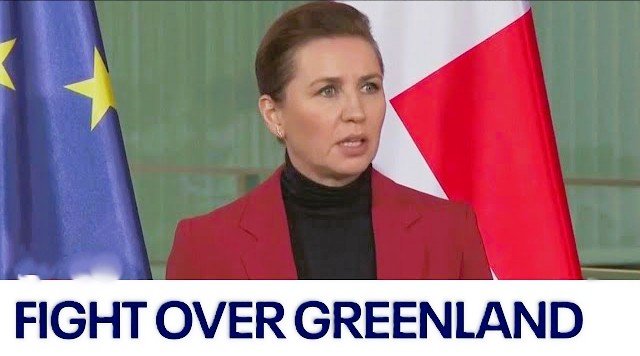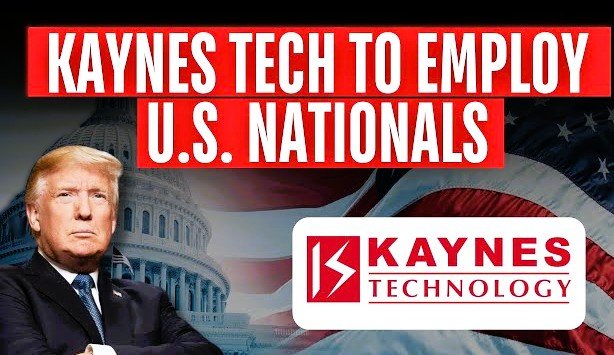Breaking News: Market Reactions to Tariff Announcements
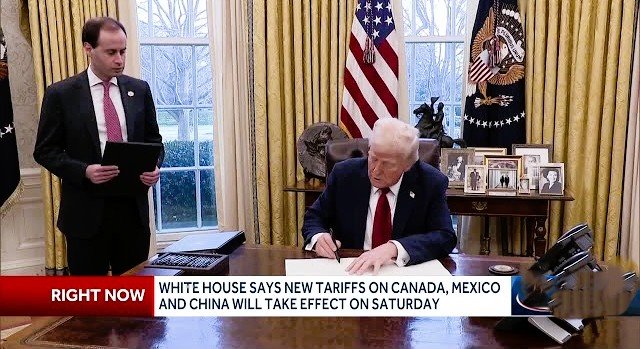
Washington, D.C. – In a major economic development, former President Donald Trump has announced “something very substantial” in tariffs with the European Union, causing sharp reactions in global currency markets. The Mexican peso, Canadian dollar, and the euro have all taken a hit as investors digest the implications of these new trade policies.
Unfolding Economic Reactions
Market analysts suggest that while tariffs were anticipated, the exact scope and timing caught many off guard. “We sort of knew this was going to happen, but we didn’t know it would happen in quite this way,” remarked economic analyst Megan Cassella.
The Impact on International Trade
Saturday’s reports indicated that March 1st would be a key date for Canada and Mexico, with China also expected to be affected. A 10% tariff has already been in place on some imports, leading to speculation that the move aims to curb illegal immigration and drug trafficking. However, the administration maintains that the primary goal is achieving competitive balance in trade.
Currency Markets and Economic Strength
The strength of the U.S. dollar has already put pressure on multinational corporations, a concern raised during recent earnings reports. Despite this, investors appear cautiously optimistic. “At this stage of the cycle, a strong dollar doesn’t really bother me as an investor,” commented one market participant.
Meanwhile, the European Central Bank (ECB) recently implemented a 25-basis-point interest rate cut, with expectations of further cuts in response to these developments. Some analysts predict that this will mitigate inflationary pressures but acknowledge uncertainty regarding the full impact of these tariffs.
Stock Market Volatility and Economic Forecasts
Stock markets closed lower today, reflecting investor concerns. Just a week ago, economic indicators were pointing to stable conditions, but with these new trade policies, uncertainty looms. The President has emphasized that he does not expect significant market disruptions or inflation spikes, yet economic indicators tell a different story.
Recent GDP figures show a slowdown to 2.3%, following two consecutive quarters of 3% growth. This decline suggests that the economy was already losing momentum before the new tariffs were announced. “If these tariffs remain on key industries, they will weaken economic demand,” one analyst noted.
Sector-Specific Challenges: Tech, Energy, and Pharma
Technology companies, in particular, are vulnerable due to their exposure to currency fluctuations. Semiconductor stocks have struggled, reflecting concerns about tariff-driven cost increases. Other major sectors, including energy and consumer staples, are also being watched closely.
Additionally, the pharmaceutical industry could face unintended consequences. While tariffs have been discussed in relation to oil, gas, and commodities, less attention has been given to the impact on drug manufacturing. Many pharmaceutical inputs are sourced from abroad, and additional trade barriers could drive up costs for the healthcare sector.
What’s Next for Markets?
Markets continue to process the evolving trade landscape. Some analysts speculate that the headlines may be more alarming than the actual economic consequences. However, others warn that inflationary pressures remain a concern, with the Federal Reserve closely monitoring these developments.
As global trade policies shift, investors, businesses, and consumers alike will need to stay vigilant, watching for the next moves in this high-stakes economic battle. Stay tuned for further updates as we track the market’s response to these sweeping changes.

